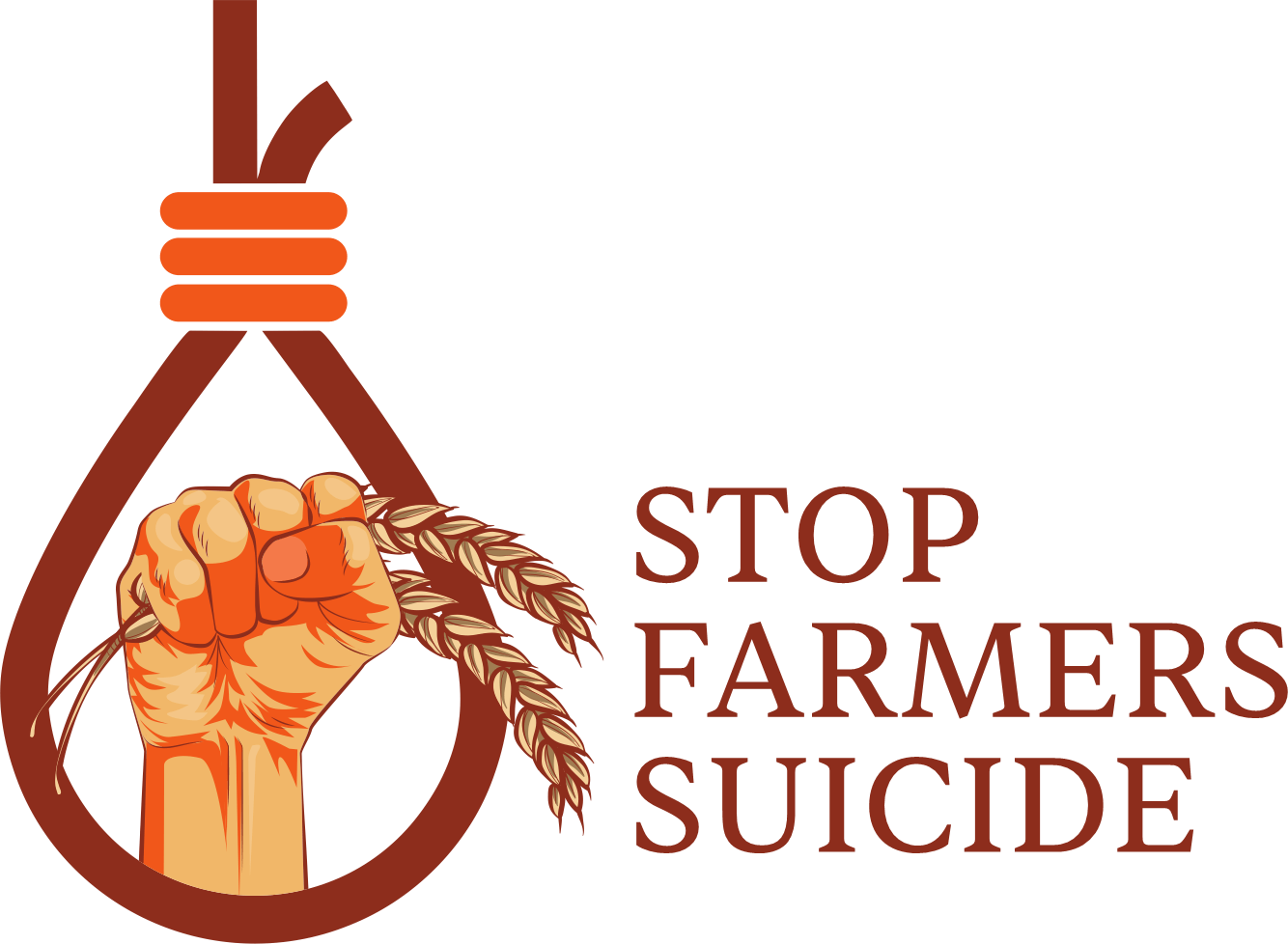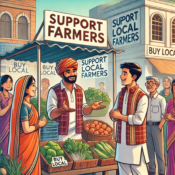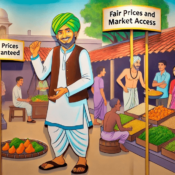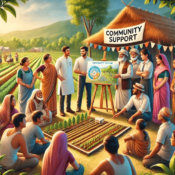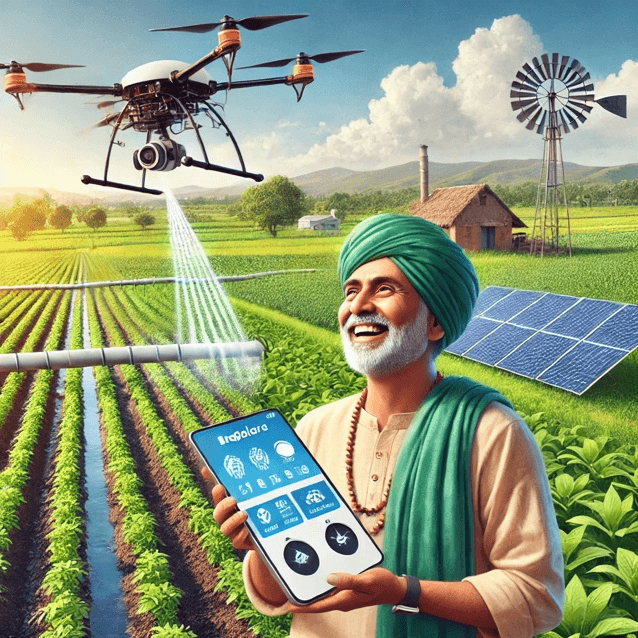
How Technology Can Help Save Farmers’ Lives
- Precision Agriculture
Precision agriculture uses technologies like GPS, sensors, and data analytics to optimize farming practices. By monitoring soil health, water levels, and crop growth in real-time, farmers can apply inputs like fertilizers and water more efficiently. This reduces costs and increases yields, leading to better financial outcomes.
Example: Smart irrigation systems help farmers conserve water by delivering the exact amount needed for each plant.
- Weather Forecasting and Early Warning Systems
Accurate weather predictions can help farmers make informed decisions about sowing, irrigation, and harvesting. Early warning systems for floods, droughts, or pest outbreaks allow them to take preventive measures, reducing crop losses and financial risks.
Example: Apps like Skymet provide real-time weather updates tailored to farmers in rural areas.
- Mobile Apps and Digital Platforms
Mobile apps are bridging the information gap by providing farmers with access to vital data, such as:
- Market prices for crops
- Best practices for cultivation
- Government schemes and subsidies
These platforms also connect farmers directly with buyers, eliminating middlemen and ensuring fair prices for their produce.
Example: Apps like Kisan Suvidha and eNAM (National Agriculture Market) empower Indian farmers by simplifying access to resources and markets.
- Drones and Remote Sensing Technology
Drones equipped with cameras and sensors can monitor large fields, detect pest infestations, and assess crop health. This enables farmers to address problems before they escalate, saving both time and money.
Remote sensing via satellites can map large areas, providing farmers with valuable insights into soil conditions, weather patterns, and water availability.
Example: Drones have been used in India to spray fertilizers and pesticides with precision, reducing chemical waste and improving efficiency.
- Financial Technology (FinTech)
FinTech platforms are revolutionizing agricultural finance by offering:
- Low-interest loans tailored to farmers
- Crop insurance to mitigate risks from natural disasters
- Transparent digital transactions that reduce dependency on informal lenders
These services give farmers the financial stability they need to invest in better tools and techniques.
Example: Platforms like AgriBazaar offer crop loans and insurance services to Indian farmers.
- Blockchain for Supply Chain Transparency
Blockchain technology ensures transparency and traceability in the agricultural supply chain. Farmers can track their produce from farm to market, ensuring fair trade and better prices. This reduces exploitation by middlemen and builds trust with buyers.
Example: Blockchain-enabled platforms are helping coffee farmers in Ethiopia trace their produce, ensuring fair wages.
- Sustainable Farming Techniques Through AI and IoT
Artificial intelligence (AI) and the Internet of Things (IoT) enable farmers to adopt sustainable farming practices. For instance:
- IoT devices monitor soil moisture and send alerts for irrigation.
- AI algorithms analyze data to recommend the best crops and planting times based on local conditions.
These technologies enhance productivity while preserving resources.
Example: AI-powered tools like IBM Watson have been used in Africa to assist small-scale farmers with crop management.
The Role of Governments and Private Sector
While technology has immense potential, its impact is amplified when governments and private entities collaborate. Key steps include:
- Subsidizing Technology: Governments can make advanced tools affordable by offering subsidies and grants.
- Infrastructure Development: Rural connectivity and power supply are essential for digital solutions to reach farmers.
- Training Programs: Farmers need training to use modern tools effectively.
- Public-Private Partnerships: Collaborations between tech companies, NGOs, and governments can scale the adoption of innovative solutions.
Challenges in Implementing Technology
Despite its benefits, there are hurdles to overcome:
- High Initial Costs: Advanced tools like drones and IoT devices can be expensive.
- Digital Literacy: Many farmers, especially in rural areas, lack the skills to use technology effectively.
- Connectivity Issues: Poor internet and mobile network coverage in remote areas hinder the adoption of digital solutions.
Addressing these barriers through targeted policies and investments is crucial to maximizing the impact of technology.
Conclusion
Technology is a powerful tool that can transform agriculture and save farmers’ lives. By adopting innovations like precision farming, mobile apps, and blockchain, farmers can overcome challenges, increase productivity, and secure financial stability. However, for technology to be truly impactful, it must be accessible, affordable, and accompanied by adequate training.
The path to a brighter future for farmers lies in embracing technology while fostering a supportive ecosystem that prioritizes their well-being. By doing so, we can ensure that farming remains a sustainable and rewarding profession—one that not only feeds nations but also safeguards the lives of those who make it possible.
